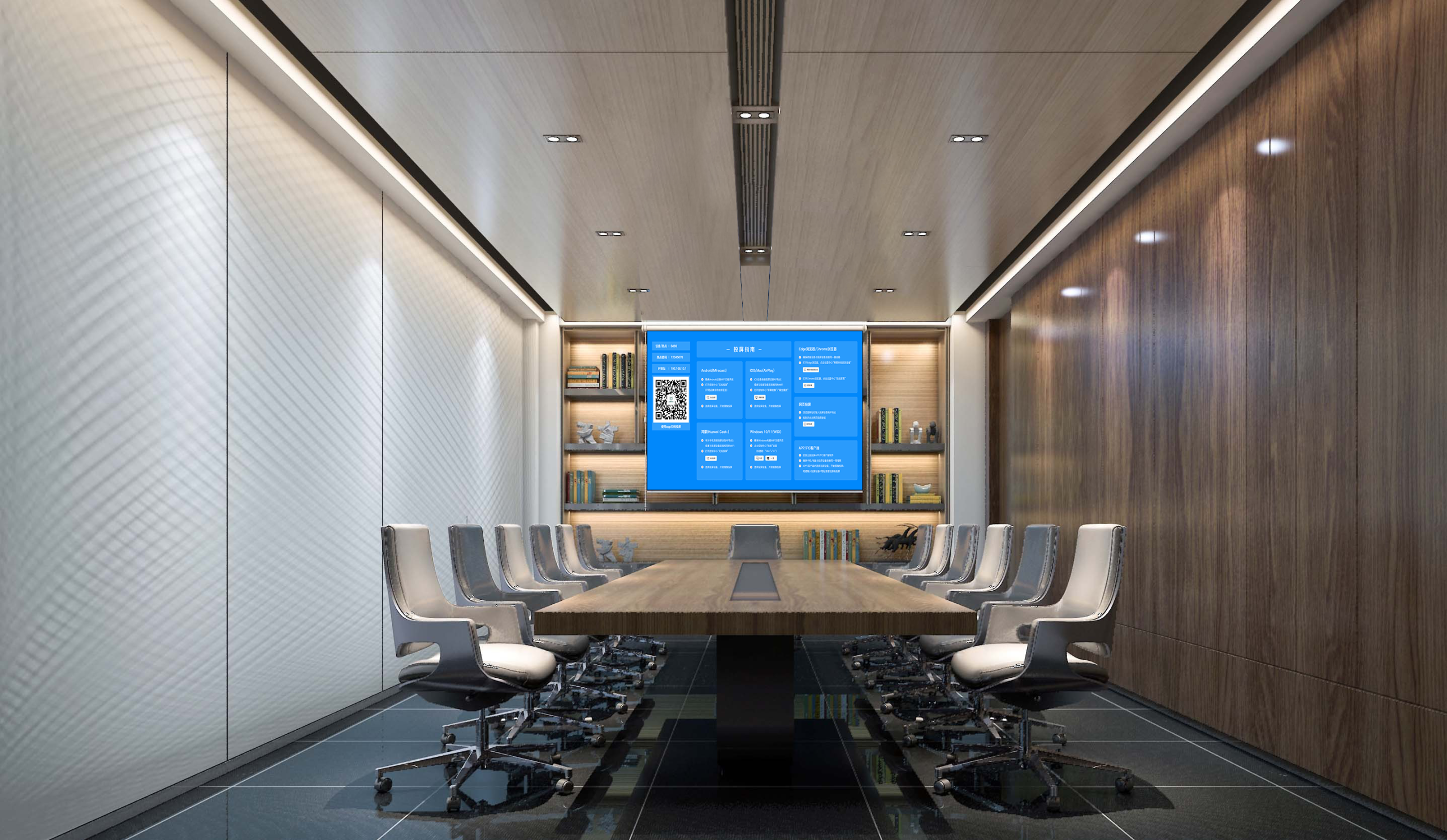Detailed Explanation of Google Cast Technology: Core Protocol Analysis of Wireless Screen Mirroring
As an important wireless screen mirroring protocol, Google Cast plays a key role in modern multi-screen interaction scenarios. Understanding its technical characteristics helps to better apply it.
1. Technical Architecture Analysis
Working Principle
- Device discovery mechanism: Uses mDNS (Multicast DNS) for automatic device identification and service announcement on the same network.
- Connection establishment process: Establishes a secure communication channel through TLS encryption after device pairing.
- Data transmission protocol: Adopts HTTP-based streaming protocols (e.g., HLS, DASH) for content delivery and synchronization.
Protocol Features
- Low-latency transmission: Optimized for real-time scenarios, reducing delay to within milliseconds.
- High-quality encoding: Supports advanced codecs like VP9 and H.265 for clear video even at low bandwidth.
- Stable connectivity: Built-in reconnection mechanisms to maintain links during temporary network fluctuations.
2. Device Compatibility
Sender Devices
- Android phones/tablets: Natively integrated with Cast functionality via system settings.
- Chrome browser: Supports casting from Windows, macOS, and Linux through its built-in Cast extension.
- Cast-enabled apps: Applications (e.g., YouTube, Netflix, Google Photos) with direct Cast integration for content projection.
Receiver Devices
- Chromecast: Dedicated streaming adapters designed for Google Cast (Chromecast, Chromecast Ultra).
- Smart TVs: Televisions with built-in Cast support (e.g., Android TV models, select brands like Sony, LG).
- Cast-enabled speakers: Audio devices that can receive and play casted music/audio content.
3. Application Advantages
- Cross-platform compatibility: Works seamlessly across Android, iOS, Windows, and macOS ecosystems.
- Easy deployment: Requires no complex configuration—just network connectivity and a few simple steps.
- Cost-effectiveness: Low hardware requirements, with many devices supporting Cast natively without additional costs.
- Continuous updates and maintenance: Regular protocol upgrades and security patches from Google ensure long-term reliability.

